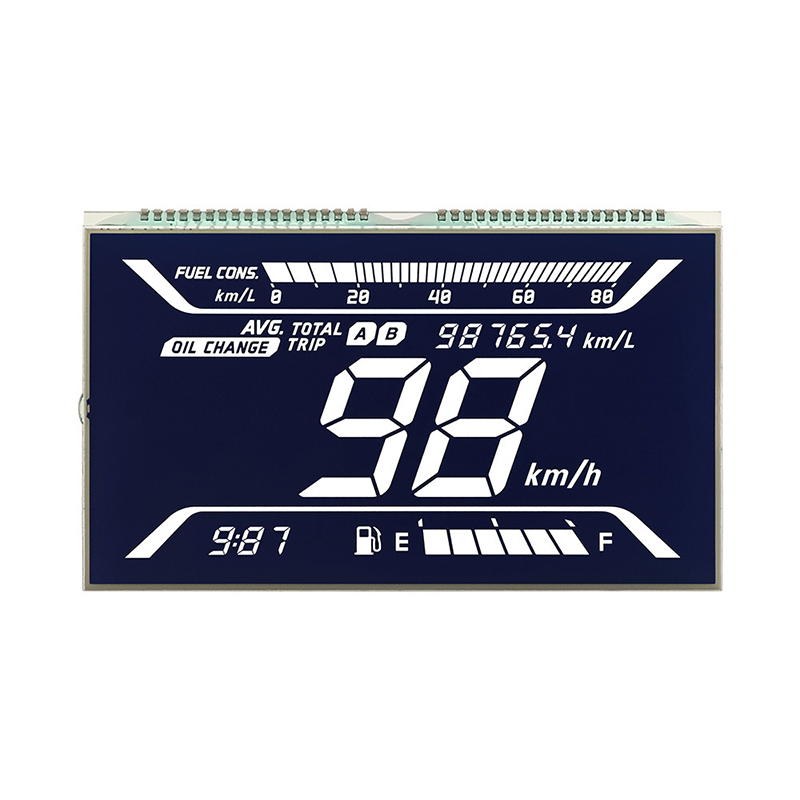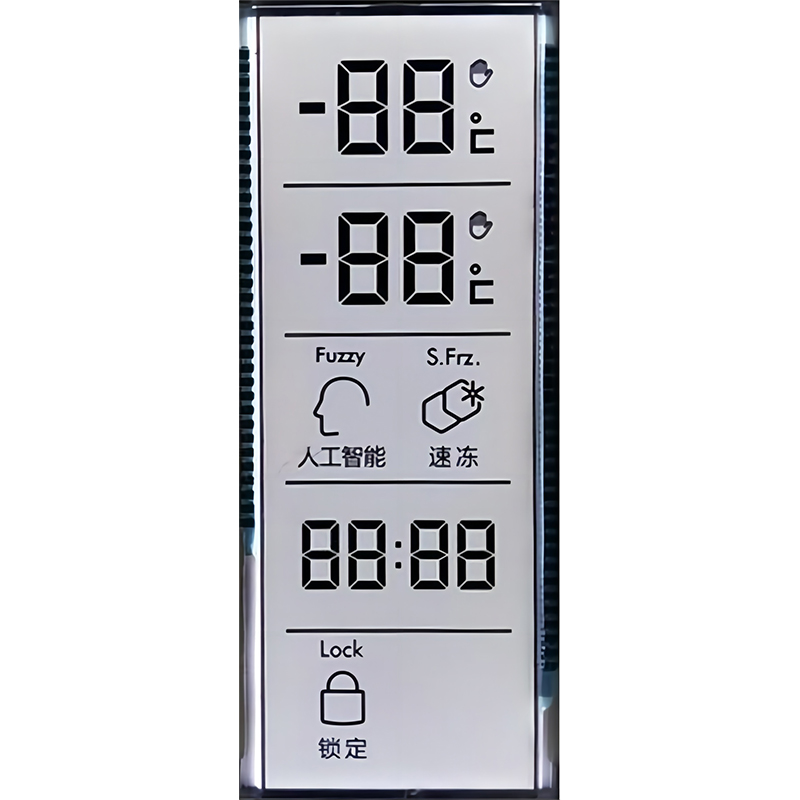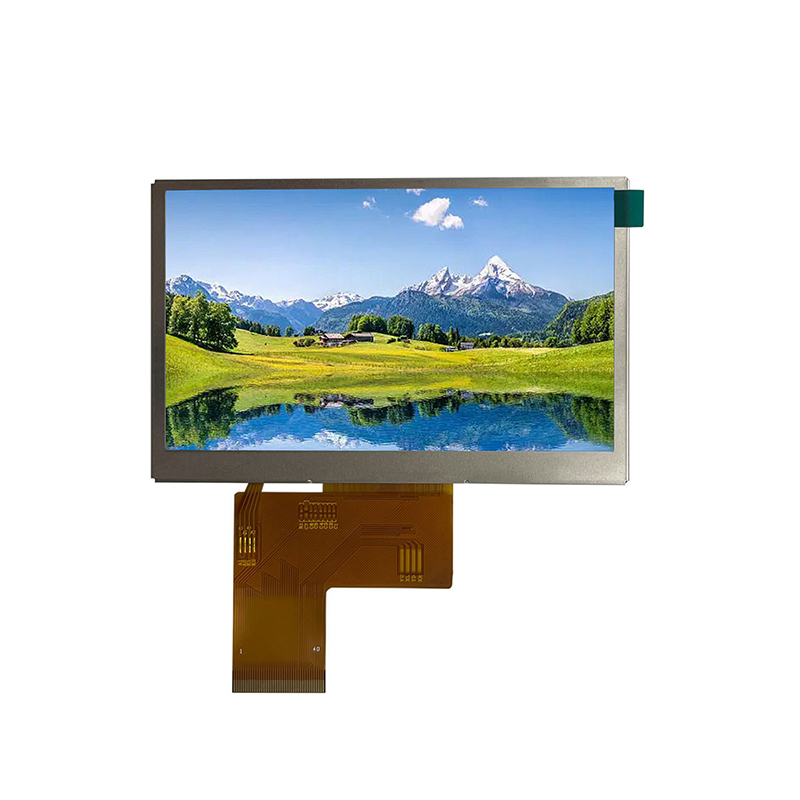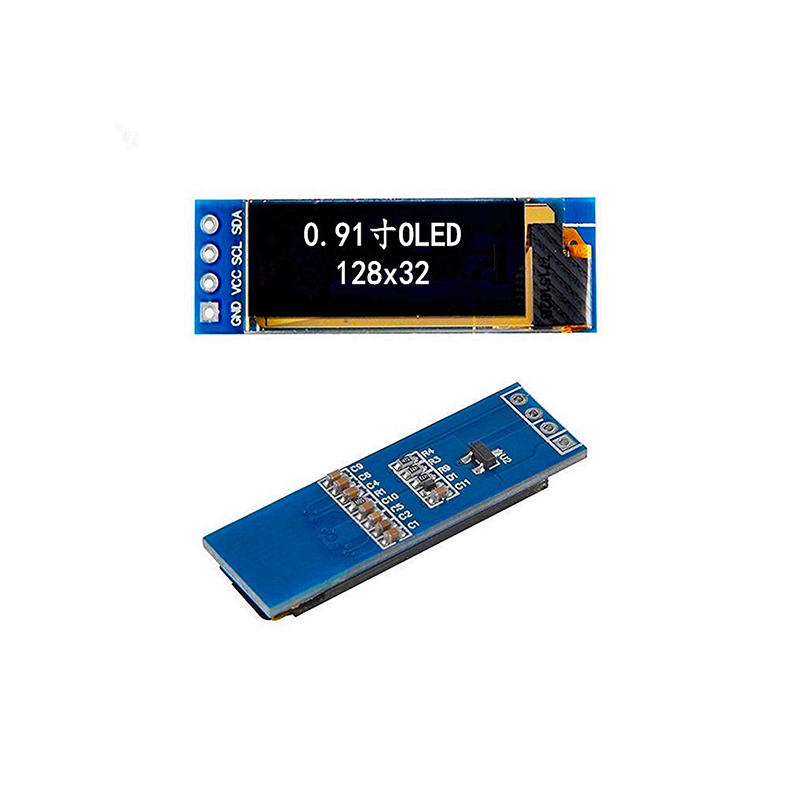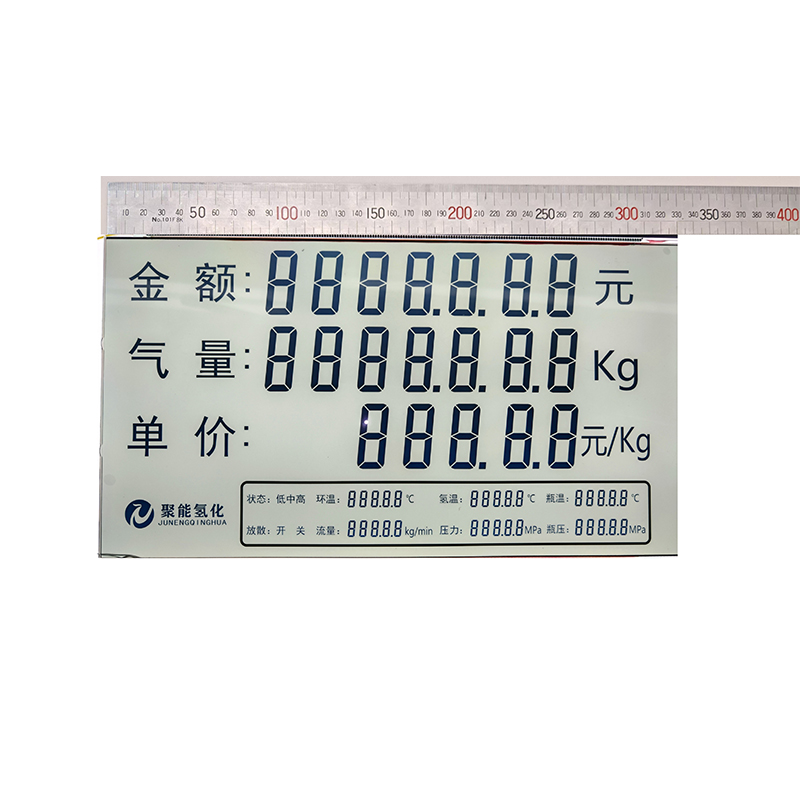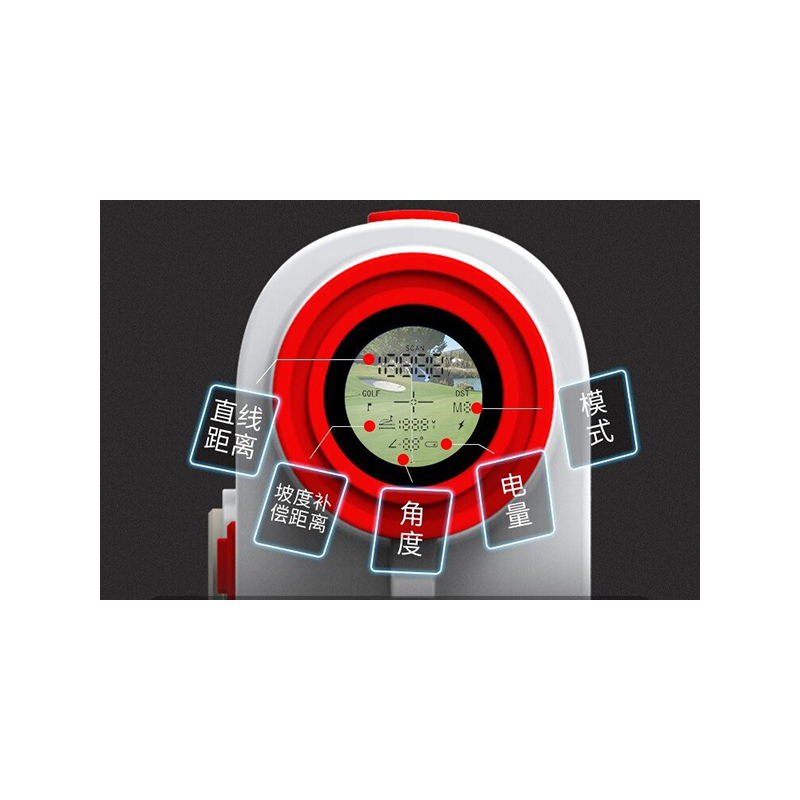
This comprehensive guide explores the world of pOLED displays, examining their features, benefits, applications, and considerations for selection. We'll delve into the technology behind these displays, compare them to other display types, and provide practical insights to help you make informed decisions.
pOLED (plastic OLED) displays represent a significant advancement in screen technology. Unlike traditional LCDs, pOLED displays utilize organic light-emitting diodes (OLEDs) on a flexible plastic substrate. This allows for incredible thinness, flexibility, and superior image quality. The plastic substrate also contributes to increased durability and resistance to breakage compared to glass-based OLEDs.
pOLED displays boast exceptional color accuracy, deeper blacks (due to self-emission), and higher contrast ratios. This results in vibrant, lifelike images with stunning visual fidelity. Their wide viewing angles ensure consistent image quality regardless of viewing position.
The flexible nature of pOLED technology opens up exciting possibilities for innovative product design. Curved displays, foldable screens, and even rollable displays become feasible, pushing the boundaries of what's possible in consumer electronics and beyond. This flexibility extends to product integration, allowing for seamless incorporation into various form factors.
Because pixels only emit light when needed, pOLED displays are inherently more energy-efficient than traditional backlit LCDs. This leads to longer battery life in portable devices and reduced energy consumption overall.
The thin and lightweight nature of the plastic substrate makes pOLED displays ideal for applications where space and weight are critical considerations, such as wearables and mobile devices.
Currently, pOLED displays tend to be more expensive to manufacture than alternative display technologies, impacting the overall product cost.
While advancements have significantly reduced the risk, pOLED displays can potentially experience burn-in, where static on-screen elements become permanently visible. However, this is less of a concern with modern panels and careful usage.
Let's compare pOLED displays to some common alternatives:
| Feature | pOLED | LCD | AMOLED |
|---|---|---|---|
| Image Quality | Excellent | Good | Excellent |
| Flexibility | High | Low | Medium |
| Cost | High | Low | Medium-High |
| Energy Efficiency | High | Low | High |
pOLED displays are finding applications in a wide range of industries and products, including:
Selecting the appropriate pOLED display requires careful consideration of factors such as size, resolution, brightness, power consumption, and cost. Consulting with a reputable display manufacturer like Dalian Eastern Display Co., Ltd. can ensure you select a display that meets your specific needs.
For more detailed specifications and to explore the possibilities of incorporating pOLED technology into your next project, contact us today. We at Dalian Eastern Display Co., Ltd. are experts in providing high-quality display solutions.

